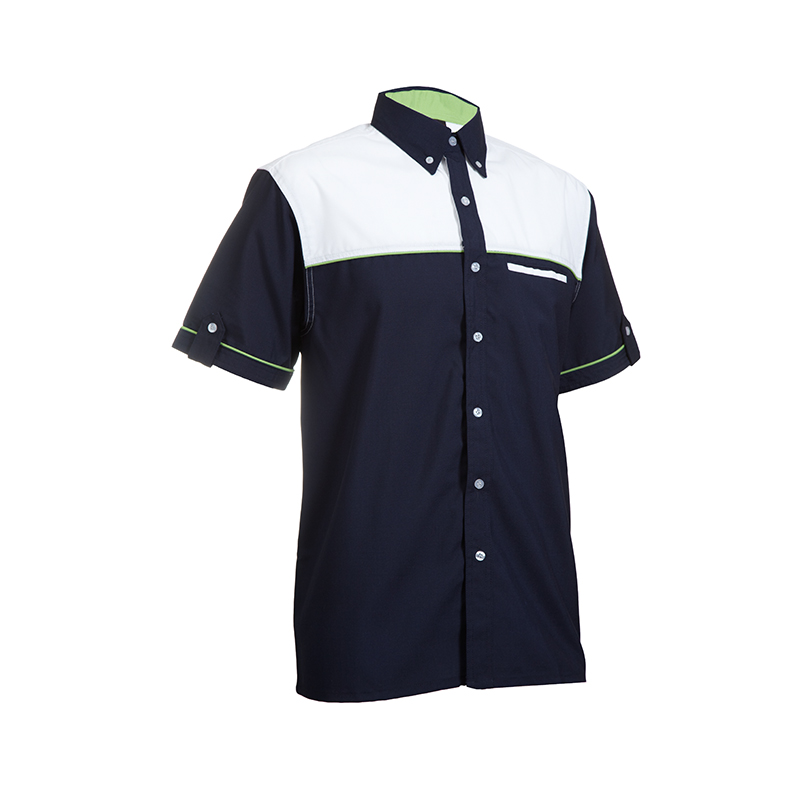corporate uniform
custom uniform
How do you navigate the ocean of color, design, layout, and design in order to make sure that the company's brand does not only last but also thrives in the midst of a fierce competition? The uniform must allow for your skin breathe and wick sweat and be durable enough to endure wear and wear and tear. Would you go for the classic cotton, the resilient polyester, or a blend that brings in the best of both worlds?
The choice of material can affect the comfort, durability, and overall appearance of the uniform. Maintenance is essential.
Staying ahead of the curve aids to navigate the ocean of competition with foresight as well as preparedness. However, the wearer's ease of wearing isn't a factor.
A logo's size on the uniform is an important decision, just like selecting the size of the sails for your boat. Who says uniforms have to be bland and boring?



